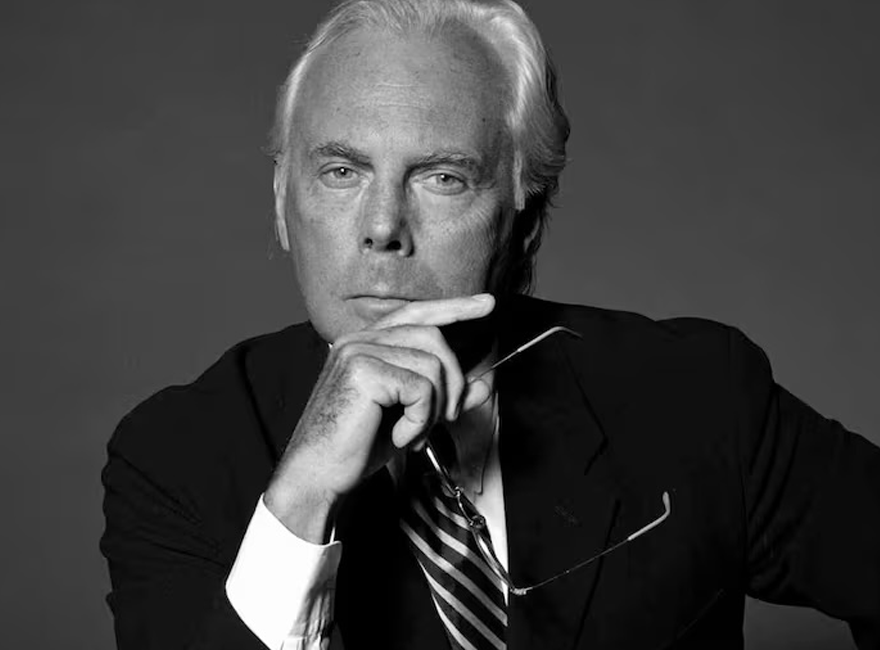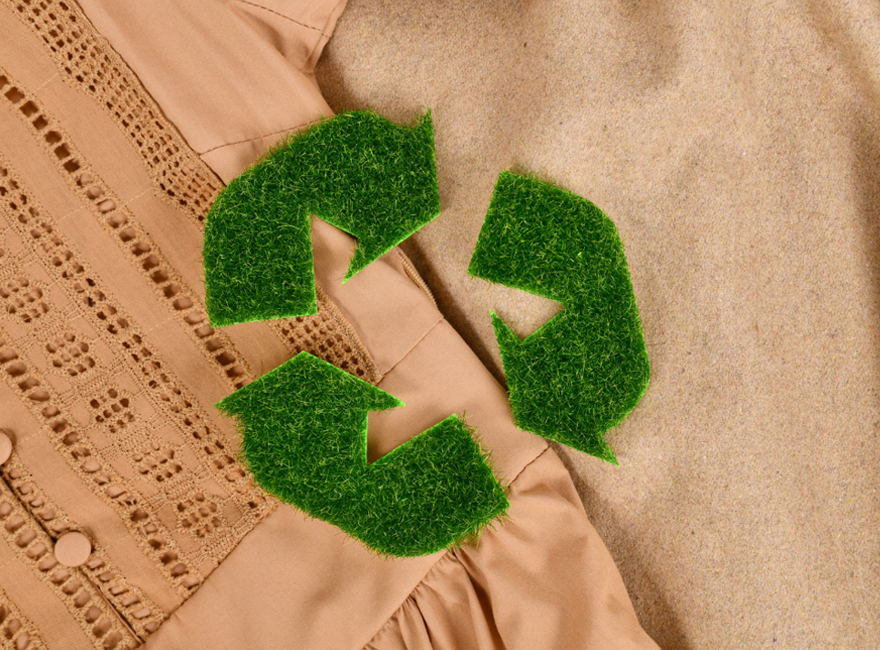
1960s – The Birth of Blue Ribbon Sports
The Nike story begins in 1964, when University of Oregon track coach Bill Bowerman teamed up with his former middle-distance runner Phil Knight to form Blue Ribbon Sports (BRS). Knight had recently completed an MBA at Stanford, where his final paper proposed importing high-quality running shoes from Japan to compete with dominant German brands like Adidas and Puma.BRS became the official US distributor for Onitsuka Tiger running shoes, selling them at track meets and from the boot of Knight’s Plymouth Valiant. In 1966, they opened their first retail store in Santa Monica, California, giving the fledgling company a physical presence.
Bowerman’s obsession with performance saw him experimenting with shoe designs for his athletes, while Knight drove sales. By the end of the decade, BRS was building a reputation among serious runners and planting the seeds of what would become Nike.
1970s – From Goddess to Global Ambition
In 1971, after a split with Onitsuka Tiger, BRS rebranded as Nike, named after the Greek goddess of victory. Graphic design student Carolyn Davidson created the now-iconic Nike logo “the Swoosh,” for $35, symbolising motion, speed, and forward momentum.Nike’s first trainers debuted that same year, including the Nike Cortez, a running shoe that became a breakout hit both on the track and in street style. Bowerman’s famous waffle-pattern sole, inspired by a kitchen waffle iron, provided better traction without added weight, setting Nike apart from competitors.
The brand also found a charismatic early ambassador in distance runner Steve Prefontaine, whose fearless racing style embodied Nike’s spirit. By the end of the decade, Nike had captured over 50% of the US athletic shoe market, proving that a challenger brand could topple established giants.
1980s – Air, Jordans, and “Just Do It”
Nike entered the 1980s with momentum, going public in 1980 and expanding into basketball and other sports. In 1984, the company signed rookie Michael Jordan, launching the first Air Jordan in 1985. Despite initial NBA bans over its bold colours, the shoe exploded in popularity, sparking sneaker culture as we know it.In 1987, designer Tinker Hatfield unveiled the Nike Air Max 1, the first shoe to showcase a visible Air cushioning unit. The history of Nike Air Max would go on to merge performance technology with bold design, influencing both sport and fashion.
A year later, in 1988, the “Just Do It” campaign debuted, three words that became one of the most famous slogans in advertising history. Combined with memorable athlete endorsements from tennis stars like John McEnroe and Andre Agassi to multi-sport icons like Bo Jackson (“Bo Knows”), Nike solidified its position as a cultural force.
1990s – Global Domination
The 1990s saw Nike evolve into a truly global brand. The company sponsored the Brazilian national football team ahead of the 1998 World Cup, creating some of the most memorable sports ads of the decade. In golf, Nike signed a young Tiger Woods in 1996, dominating both the sport and its marketing narratives.Nike trainers like the Air Max 95 and Air Max 97 became streetwear staples, while basketball models such as the Air Foamposite One pushed design boundaries. NikeTown flagship stores opened in major cities, offering immersive retail experiences that blended sport, culture, and commerce.
By the end of the ’90s, Nike wasn’t just a leader in athletic footwear, it was a lifestyle brand with influence that reached far beyond the playing field.
2000s – Tech Meets Performance
In the early 2000s, Nike doubled down on performance innovation. The Nike Shox cushioning system made its debut, while the Nike Free line (2004) promoted a “natural” running experience. The company also partnered with Apple for Nike+ iPod, allowing runners to track their performance in real time, a precursor to the connected fitness boom.Technologies like Flywire (2008) and Lunarlon cushioning offered lighter, more responsive footwear. The Air Jordan line continued its dominance through retro releases and new models, keeping sneaker culture thriving.
Nike also began laying the groundwork for more sustainable manufacturing, recognising the growing importance of environmental responsibility.
2010s – Collaboration Culture and Sustainability
The 2010s marked a new era of collaboration and cultural influence. Partnerships with Virgil Abloh (Off-White), Sacai, and Travis Scott blurred the lines between performance wear and high fashion, making Nike a staple on runways as well as in streetwear circles.Performance milestones included the Breaking2 project (2017), which saw Eliud Kipchoge come within seconds of breaking the two-hour marathon barrier, leading to the now-famous Vaporfly technology.
Nike also took bold stands in cultural conversations, most notably the Colin Kaepernick “Believe in Something” campaign in 2018, which sparked both praise and controversy. Sustainability efforts accelerated under the Move to Zero initiative, aiming for zero carbon and zero waste.
2020s – A Legacy Still in Motion
In the current decade, Nike continues to innovate both digitally and sustainably. The SNKRS app has made limited-edition releases an event in themselves, while Nike By You customisation offers consumers a more personal connection to their footwear.Sustainability remains central, with a commitment to using 100% renewable energy in owned facilities and increasing the use of recycled materials. The history of Nike is still unfolding, but its blend of sport, style, and culture ensures it will remain at the forefront for years to come.
Why Stock Wholesale Nike from Bundlex
Nike is a name that sells itself, but sourcing it through Bundlex gives you an extra competitive edge. As an off-price wholesale fashion marketplace, we connect you with premium wholesale Nike clothing and footwear at prices that protect your margins and keep your offering fresh.Here’s why retailers choose Bundlex for wholesale Nike:
Premium Stock at Off-Price Rates – Access genuine Nike trainers, apparel and accessories from trusted European suppliers, all at up to 80% off retail prices.
Curated for What Sells – Our buyers hand-select Nike pieces with proven demand, from best-selling Air Max models to performance gear and lifestyle staples.
Flexible Orders, Lower Risk – With a minimum order of just €250, you can buy exactly what your store needs, avoiding costly overstock.
Fast Turnaround – Orders are ready to ship in 48–72 hours, so you can react quickly to seasonal trends or sudden spikes in demand.
Sustainable Sourcing – By giving premium Nike stock a second life, you’re contributing to a more circular fashion economy without compromising on quality.
With Bundlex, stocking NIKE wholesale isn’t just about adding a big name to your rails, it’s about doing it smarter, faster, and more profitably.


